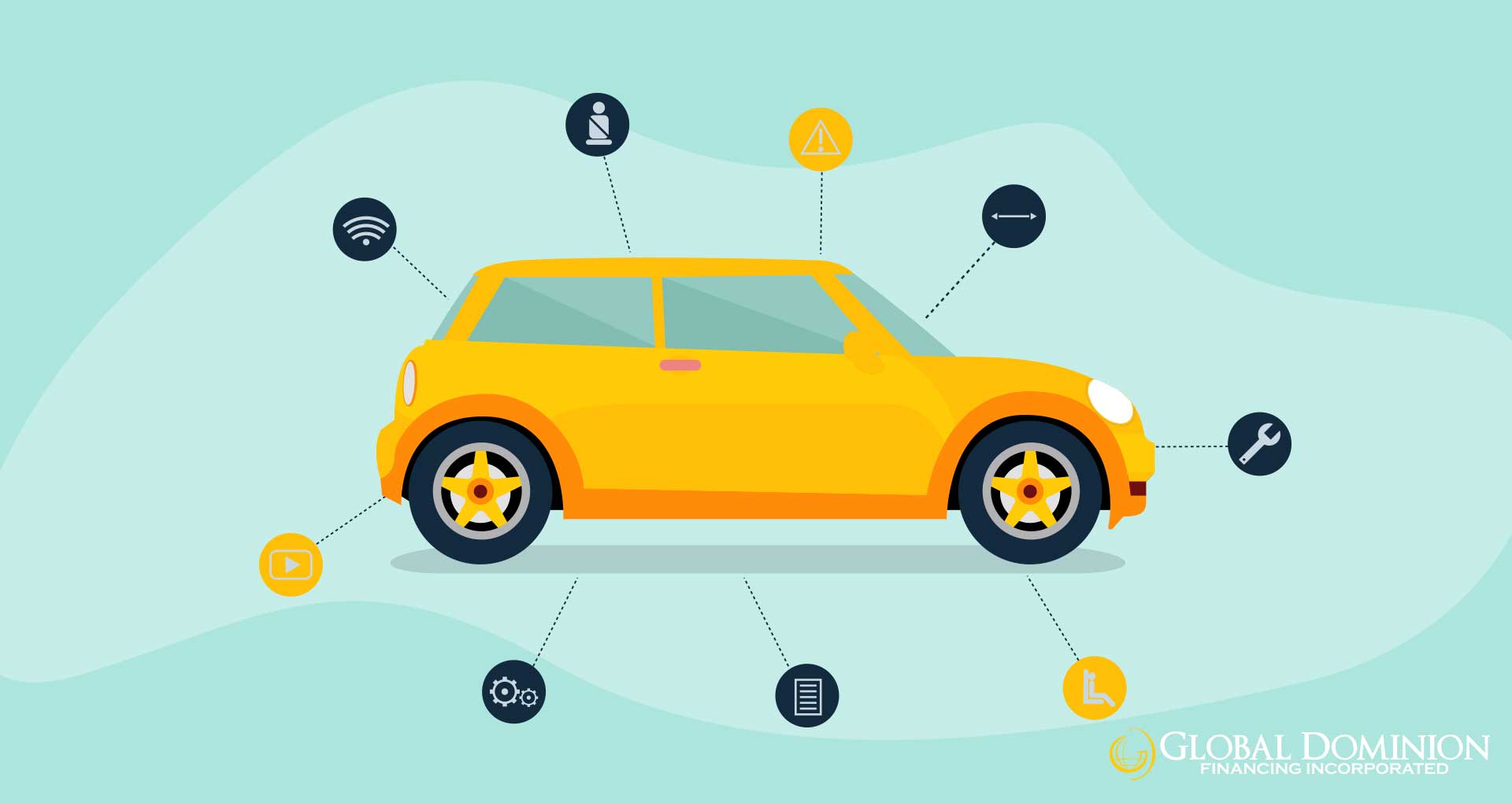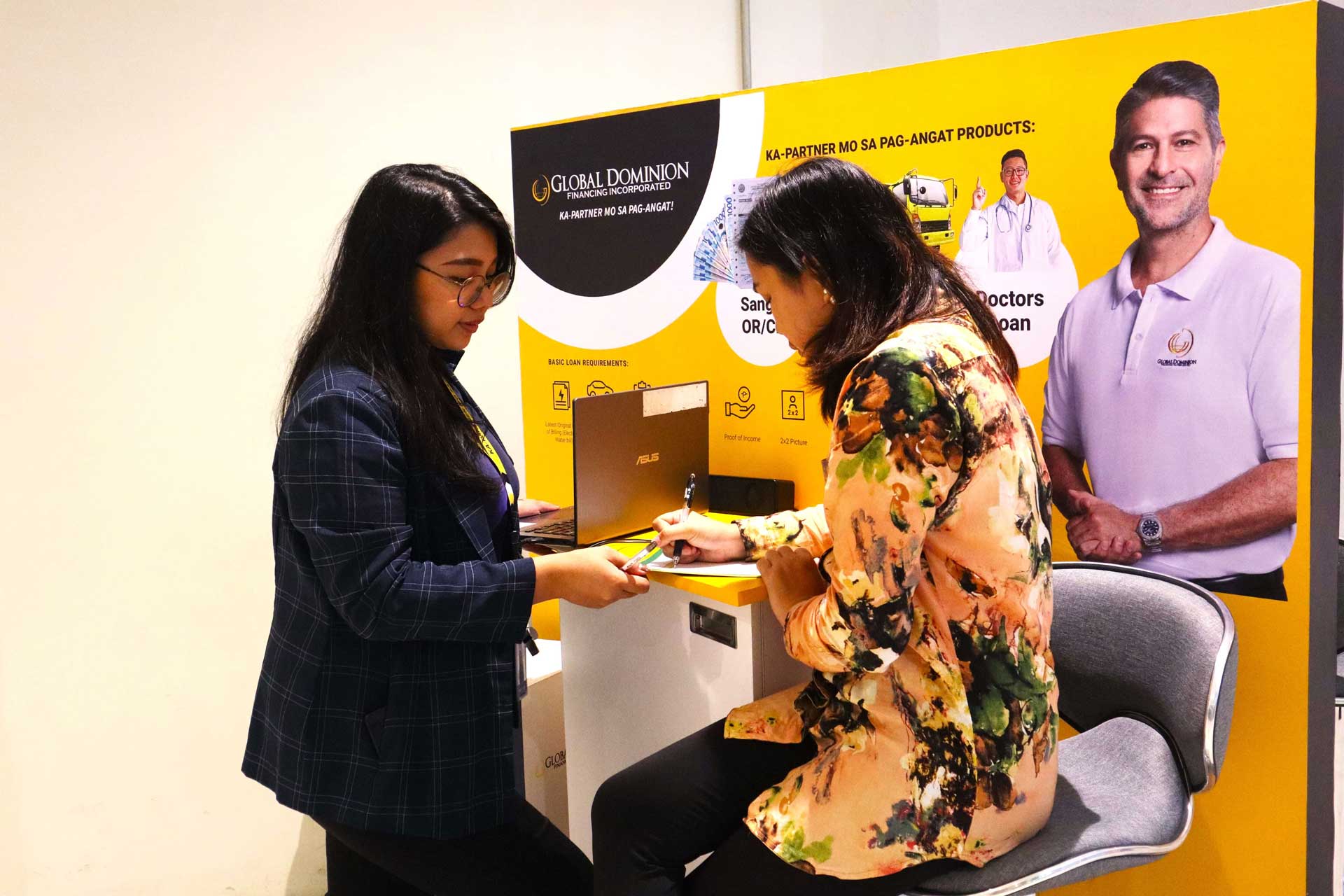What Do First-Time Buyers Need to Look into a Second-Hand Car?

Over the years, cars have become more of necessity than luxury. It often finds itself in the list of a person’s goal, especially now in the middle of a travel-restricting national crisis. Owning a car also has become easier as several options are available, and that includes applying for a car loan.
For first-time car buyers, there’s a lot to consider, especially at the purchase of second-hand vehicles. If you are this person interested in pre-used vehicles, here’s a checklist of what you need to look into the first car you’ll buy:
1. Body of the car
The body of the car is what strikes first at an onlooker’s sight, and naturally, you’d want that car to be as close, if not exact, to what you wanted. You may want to ensure that you get the right color under the natural light and that the surfaces have no scratches and dents (or no more than what is aforementioned during the selling process).
2. Doors
You use car doors multiple times in a day, especially if you travel to many destinations that make you frequently enter and exit the car. Ensure that the doors properly function and test their durability.
3. Windows and Glass
The windows and glass such as windshields and side/rear windows serve as external protective parts and privacy features of your car. Make sure that car glasses have no cracks or the windows smoothly roll up and down.
4. Lights
A car has a variety of light bulbs and the costs also vary from few bucks to grand, depending on your vehicle’s model. Always ensure that bulbs fully function as they’re essential on the road and night travel.
5. Wheels and Tires
Bad wheels and tires hinder smooth travel so it’s best to check their conditions. What are those tires made of? How does the tire tread? Are they aligned? Do all the wheels not worn? Failure to see these things may cause excessive stress and infrequent rotation on the vehicle.
6. Hauling Capacity
Cars do not always solely carry passengers. Another convenience a car provides is the transport of your groceries, luggage, or goods. You have to know the hauling capacity and the size of the storage of your car.
7. Seats
The seat of the car will be your spot for the rest of your driving life so make sure that it is in stellar condition. Does it have too many scratches, cuts, holes, or spewed-out foams? The comfort of your passengers also relies on the seats so ensure that these seats do not emanate a stinky smell.
8. Headliner
Sagging headliners could allow leaking during rains, which can cause discomfort and harm in the long run. This should not be missed when checking.
9. Cooling (and Heating) System
The Philippines is always prickly and hot that air condition is becoming a necessity. When you buy a car offered with a cooling system, you must test its efficiency before signing that deal. If the car also includes a heating system, don’t forget to check this one, too.
10. Automatic or Manual
You are aware of your capabilities to driving either an automatic or manual vehicle. But if you’re not familiar with a stick shift, the wisest decision is to go with automatic cars.
11. Belts and Other Safety Features
Belts are important safety features for you and your passengers. Check if the belts are durable and free from damages such as breakage or looseness. Should there be more safety features, you should check if they function properly as they are parts of what you’ll pay for. Examples are parking assist, backup camera, or brake assist.
12. Engine and Drive Type
Car engines have a variety, depending on your preference. The car you intend to buy should match the one you want, including other types that may substitute when the initial choice is unavailable. Another feature important to identify is the drive type. Is it a rear-wheel drive, 4-wheel drive, or all-wheel drive?
13. Fluid Levels and Leakage
It can save you a lot of unplanned future expenses if you know that fluids are at a safe level and clean of foreign particles. It is also beneficial to scrutinize the surface underneath for any evidence or possibility of fluid or oil leak.
14. Gas mileage
Loading up your car with fuel takes part of your financial allocations so it is wise to learn about the gas mileage of the car. How long can your fuel last during a trip is a factor you should not miss knowing.
15. Service records
Service records contain all the maintenance and repair the car had undergone. It’s best to ask for the previous owner this record, if there’s any, to have an overview of the condition of the car.
Final Thoughts
More than the car performance and physical features, it is recommended to know your credit score, examine your finances, and be realistic about your needs. You must explore your options, including applying for a car loan or reviewing the seller’s transactions. Once you reach the testing drive, you may seal the deal if everything pleased you. Owning a car doesn’t solely cost you its purchase, it is a long-term financial responsibility due to regular maintenance, fuel reload, and protection from unexpected harms.




